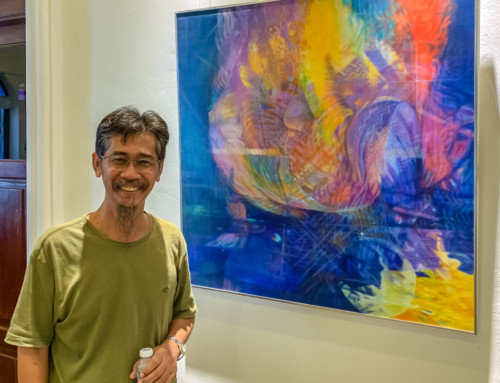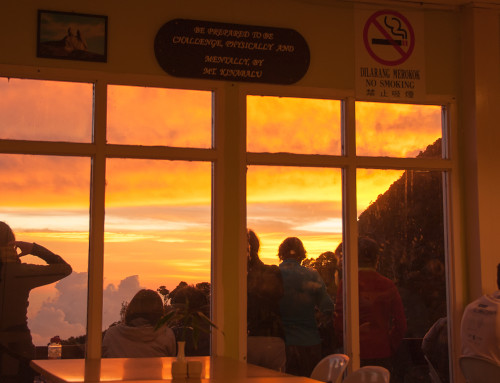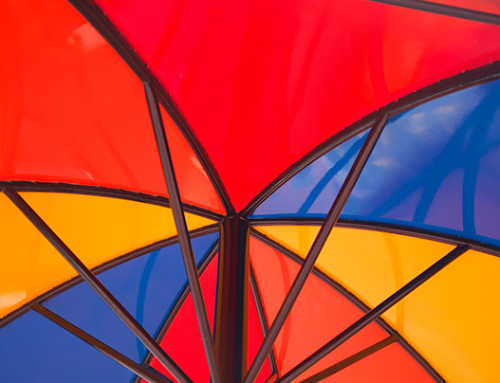Diving the West Coast of Canada is like no other place in the world. The cold water, strong currents and some of the largest tides in the world make this a challenging environment for any scuba diver. The beauty of diving here is that the warm Alaskan currents bathe the coastline in nutrients that promote the growth of large wildlife in the underwater environment. Giant octopus, wolf eels, giant nudribranchs, and jungles of kelp add to the texture and kaleidoscope of the underwater landscape. Mike enjoyed this challenging diving as opposed to warm water diving in the often tranquil waters of the Great Barrier Reef. He relished the multiplicity of factors that needed to be dealt with in this underwater environment on each and every dive. He relished being bombarded by numerous decisions which sometimes needed to be made quickly to minimise the risk. Mike had completed over a thousand dives, most of them in cold water diving environments. He stopped counting dives after about 700 as there just didn’t seem to be any point in counting beyond this point.
This type of diving required a drysuit as the water was far too cold to dive regularly in a wetsuit. The body’s heat warmed a layer of water between the skin and wetsuit material so regular diving in cold water even with a thick wetsuit meant that the body was regularly drained of its energy which was committed to keeping the body warm. Drysuits utilised layers of clothing beneath the suit to keep the diver warm as long as the drysuit worked to keep the water out of the suit. Mike began with thermals, top and bottom, then a one-piece polar fleece suit which differed in thickness depending on the temperature of the water, and sometimes two pairs of thick wool socks. He also liked eating a hearty breakfast of bacon and eggs to fuel and warm his body before a day of cold water diving. Next he stepped into his one-piece drysuit made of neoprene with heavy rubberized boots attached and delicate latex seals for his wrists and the neck which sat snugly against his skin to prevent water entering. It was a toasty warm, cocooned environment if the suit did its job. The zip and seal are the most sensitive part of the suit and Mike often required assistance from his buddy to close the seal across his upper back.
Mischievous buddies sometimes left the zip open just a fraction but Mike always carefully checked and tugged the zipper toggle to ensure it sealed. The zip was similar to zippers astronauts utilised for their cocooned environment in space so they were robust seams to prevent the water from entering the suit. Mike preferred wetsuit gloves and a wetsuit hood although he did occasionally use dry gloves and dry hoods. To control the suit Mike attached a hose from his tank to a valve on his chest. As he descended he added air to prevent squeeze due to increased pressure and as he ascended he released air from the suit. Mike also used the suit to control buoyancy under the water along with his BC or buoyancy compensator.
Mike had finished instructing for the weekend, and had completed ten or so dives with novice divers wanting to be certified. At the end of this shift he often completed his own dives just for fun.
The two instructors and two divemasters waited at the wharf as the small red skip captained by George approached the wharf. George tossed the rope and Mike caught it and tied off the bow. The divers donned their heavy weightbelts, tank and BCs and carried their fins and masks as they carefully boarded the boat. Mike was jovial and buoyant as he travelled to the dive site. It was a short trip along the west coast of Galiano Island to the dive site. In the distance Mike could see the turbulent currents at the end of the island and George warned him not to get too close to them as they might provide some unexpected ‘washing machine’ currents.
Mike loved the prospect of a drift dive which was his favourite form of diving, where the diver enters the water, submerges and then allows the strong current to move them along. Mike relished drift dives and the faster the current the more exciting the dive. He liked feeling like an astronaut zooming through the water, hardly kicking, positioning his body to turn and weave through the rocky terrain of the bottom. In a drift dive the boat followed your bubbles and then picked you up as you became low on air. It was possible to travel a good kilometre on this type of dive if the currents were strong.
The dive was spectacular as Mike passed through kelp and a rocky bottom scattered with purple sea urchins. Fish and nudibranchs were abundant and giant crabs held tightly onto rocks to prevent themselves from being a drifter in the same current as Mike. Swimming scallops looked like castanets in the water as they propelled themselves through the water to find calmer water in between the rocks. Ling cod, sea pens and bull kelp were also plentiful and the underwater environment zoomed past like a movie played on triple speed. Mike was enjoying the fast paced dive until he noticed turbulent water in front of him. These were the washing machine currents that George had warned him about. He had no ability to avoid the turbulence and he just needed to brace his cork-like body in the water. He found out just how strong the currents were very quickly; he felt like he was caught in a tornado as he was elevated, lifted and sucked upwards toward the surface from a depth of around 30 metres.
Air expands as you rise so Mike simultaneously exhausted air from his lungs, drysuit and BC to minimize a catastrophic result when he surfaced. He exhaled air from his lungs as rapidly as possible as this was his top priority to reduce the possibility of a lung rupture. He was moving fast and there was little time to think as he turned and twisted in the water, somersaulting over and over. He was tossed and turned so aggressively that he soon could not work out which was up or down in the underwater environment. His vertigo was pronounced as he rode the current like a rollercoaster, holding on as if the entire journey was outside of his control. He struggled to release the air from his drysuit as the air rushed to his feet. He was travelling too quickly to the surface and there was little he could do about it. Finally the current dissipated and he brought himself under control five metres below the surface. The upwelling current had been aggressive and uncontrollable.
Mike attempted to calm his breathing in order to calm and steady himself. He stopped in the water and hovered in calmer water to complete a long safety stop at five metres. This allowed Mike to exhale excess nitrogen that had built up in his system. By surfacing quickly he may not have been able to rid his body of the nitrogen and he was at serious risk of decompression sickness or ‘the bends’ as it was commonly called. He had avoided a lung rupture but was unsure whether he had escaped from dangerous nitrogen bubbles in his bloodstream, which could form as the pressure on his body lessened like opening a can of soft drink after shaking it. He breathed calmly at the safety stop, hanging on for as long as possible until he had almost exhausted the air from his tank.
Mike surfaced, gave an ok signal to George and then handed up his weight belt, BC, tank and regulator. He then dragged himself onto the boat, exhausted and sat slumped with head forward in the bow of the boat. Mike knew he needed to quickly get himself on oxygen to minimise the possibility of the bends and grabbed the emergency oxygen tank and mask. He turned the tank on and placed the transparent mask over his nose and mouth and inhaled deeply. He needed to flood his body with the life-saving oxygen in order to dissipate the nitrogen from his body and prevent small nitrogen bubbles blocking blood vessels and causing major damage. After each breath he gradually felt better and continued breathing the oxygen for the boat trip back. Mike had avoided the bends this time, but only just…… it was a close call and his rollercoaster ride had been memorable.
Diving adventures on the West Coast of Canada.






Leave A Comment